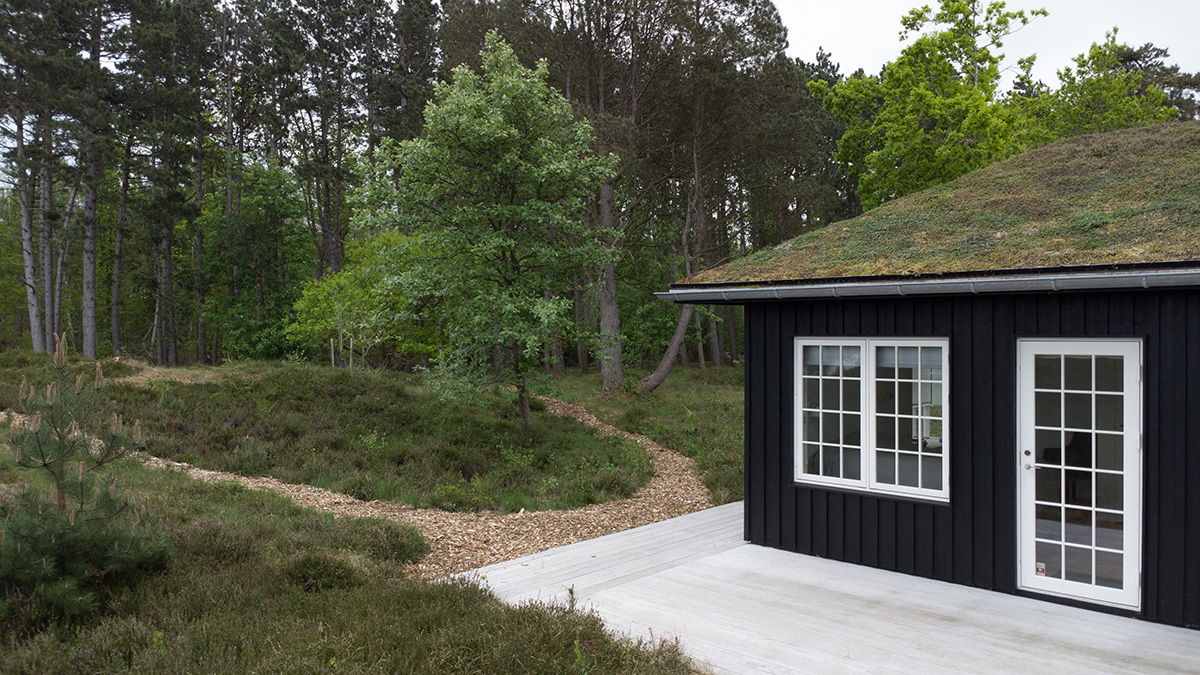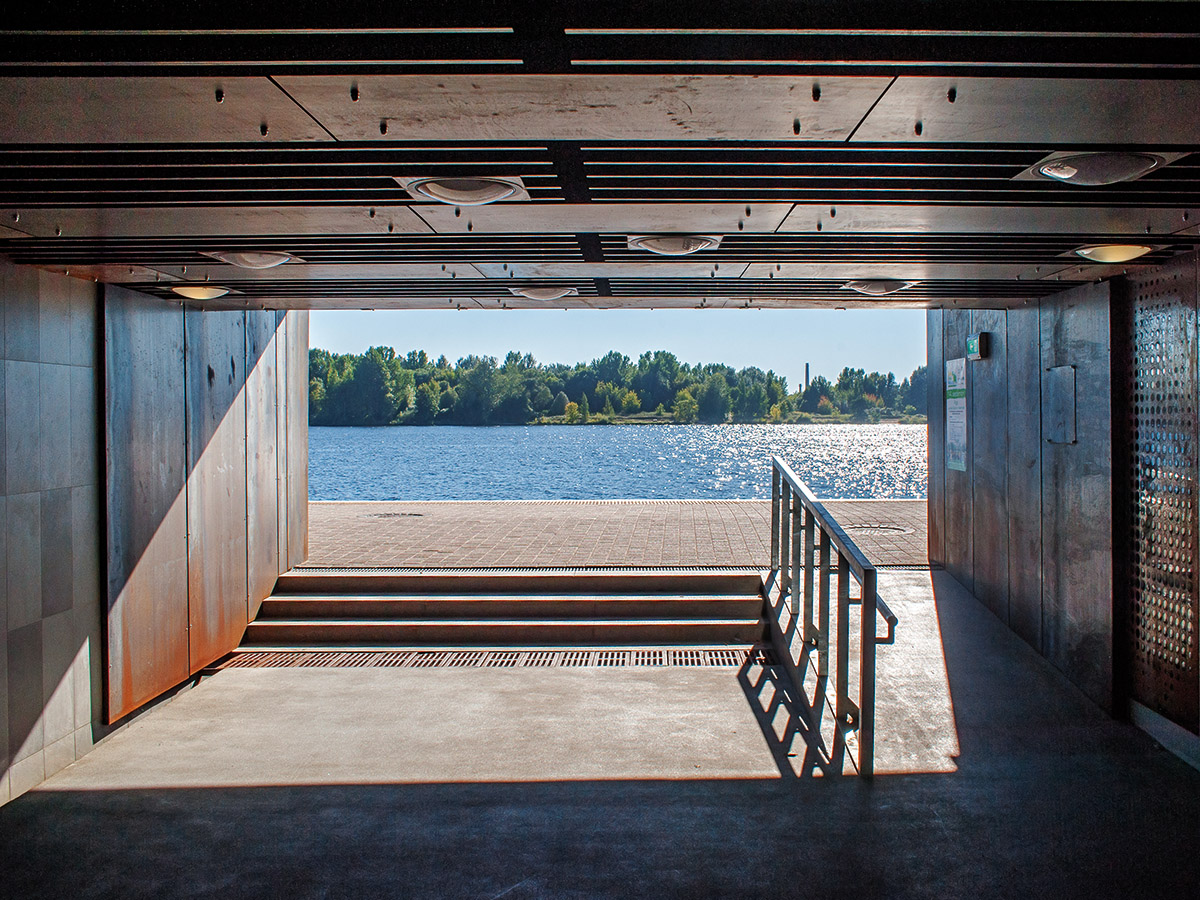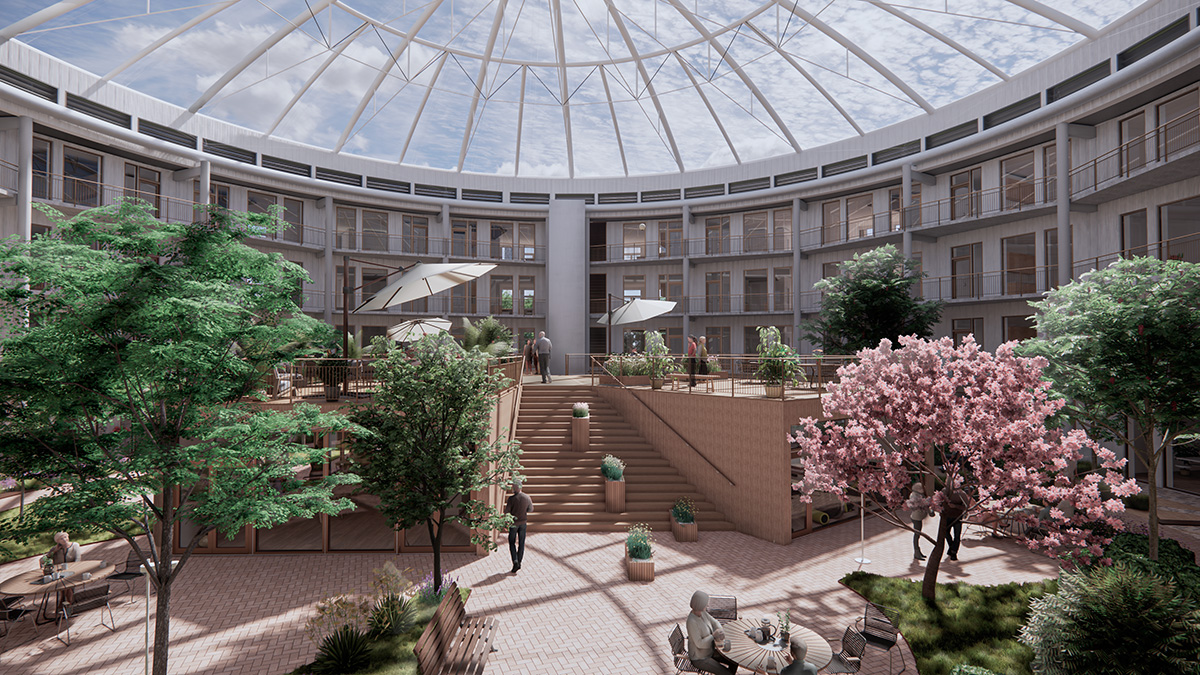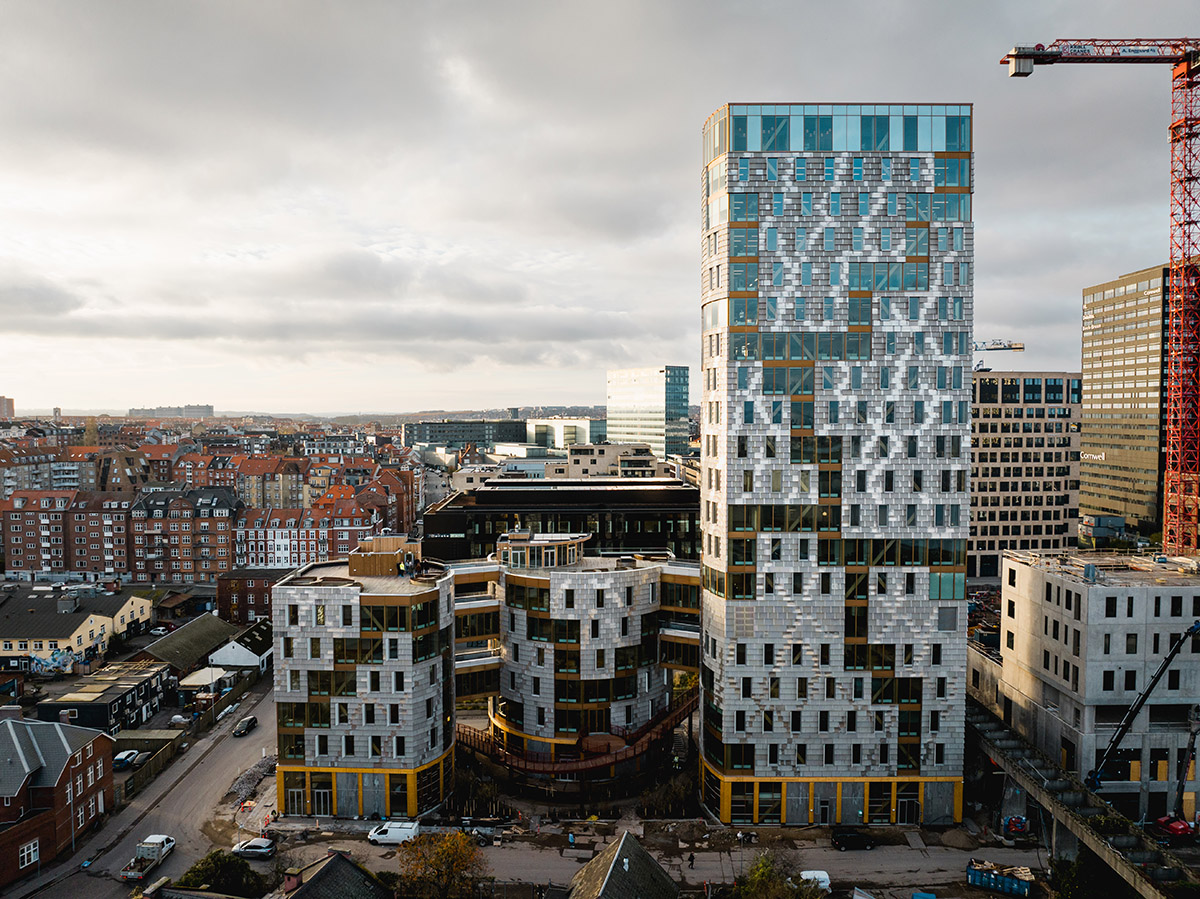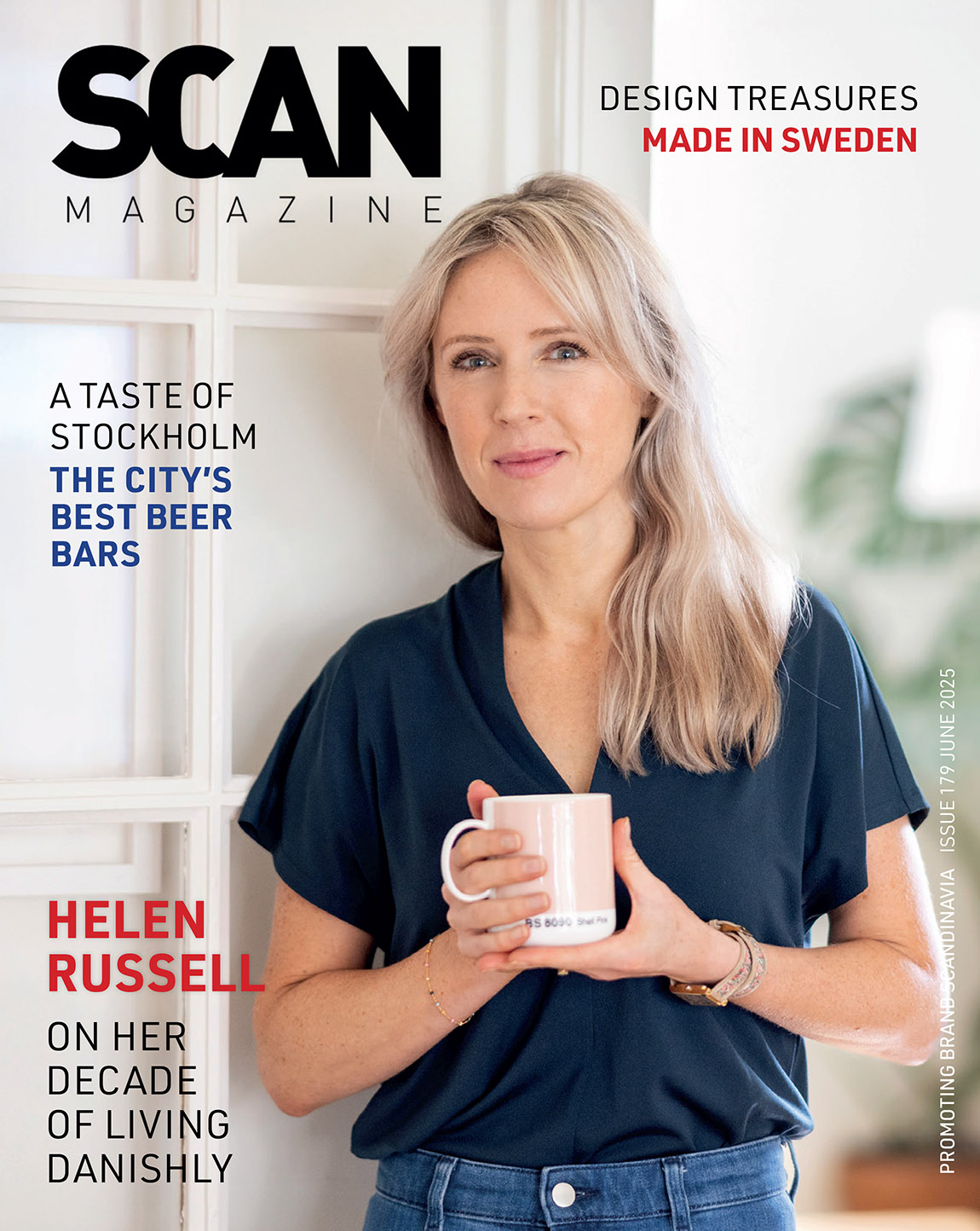Marge Arkitekter: Architecture that gives something back
Text: Linnea Dunne | Photos : Johan Fowelin
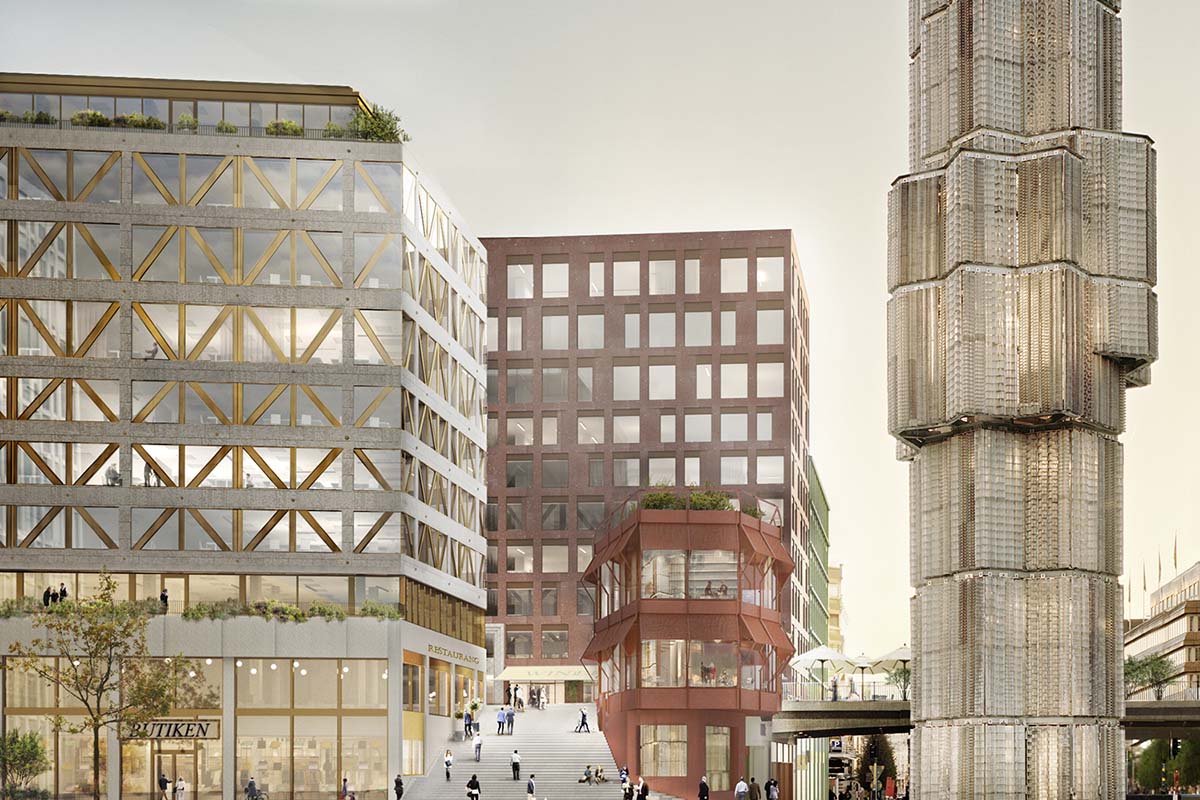
Stairs with evening sun and a unique-looking pavilion are among the features of Marge’s design at Sergelhuset, where the task has been to revitalise a previously rough and almost forgotten part of the very heart of Stockholm.
With a portfolio packed full of awards and accolades and a number of highly note-worthy projects in the bag, Marge is the Stockholm-based architecture firm that joins the past with the future through attention to detail and respect for place.
“Sustainability is crucial to us. The least possible energy is used when buildings or environments last, and in this context, the architectural quality and social interaction are decisive,” starts Katarina Grundsell of Marge, a contemporary architecture firm she set up with her three co-founders: Pye Aurell Ehrström, Louise Masreliez and Susanne Ramel.
“We’re working together for 18 years now, and collaboration has always been one of our key values,” she continues. “The starting point for any project must be to understand the space and its programme. Yes, the design is crucial, and understated architecture with a twist is probably characteristic to Marge – but the people always come first. For us, collaboration is a way to get one step further.”
But how do you design buildings that last in a world that’s changing so quickly? “The only thing we know is that nothing will be as we expect,” Grundsell laughs. “But we can look at the buildings that have stood the test of time and see that there are certain details and qualities they share, which are crucial to the experience of the quality of the urban space – the detail that reveals something about the entirety.”
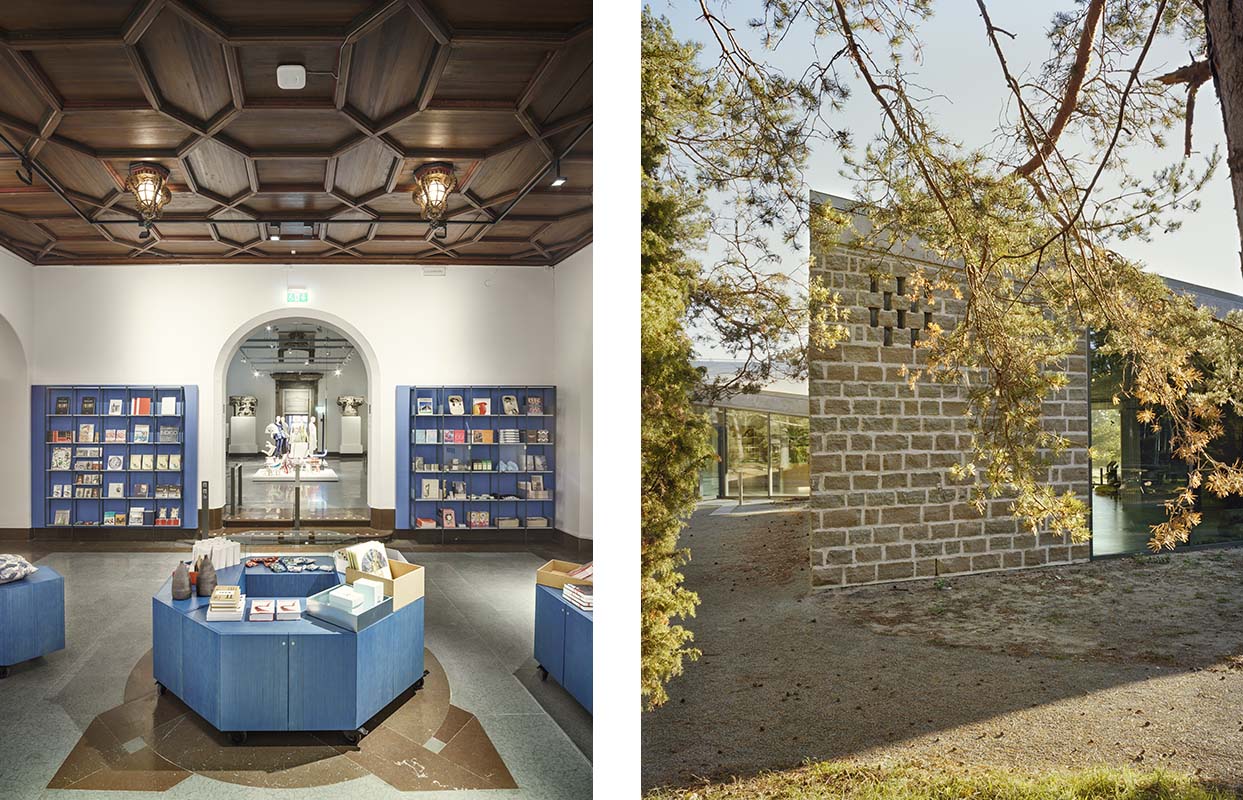
Left: Marge’s re-design of the reception area at Röhsska museum. Right: In Naturum Trollskogen, local limestone anchors the exhibition space on the island of Öland geographically.
Revitalising the heart of Stockholm
And attention to detail is something Marge has plenty of, evidenced not least by the plans for the new Sergelhuset, an ongoing project that aims to revitalise a previously rough and almost forgotten part of the very heart of Stockholm, right by the famous Sergels torg square. Central to the task of Marge, who won a competition for the job, was to allow the former pleasure district to heal and gain a natural flow of people, with activity across all floors and welcoming social spaces that are at the same time sustainable and respectful of the city space.
“Our solution was to work with the existing frame of the high-rise building, energy-proofing its façade and recycling the stone previously enveloping it. Recycling is really important to us, and a part of the sustainability aspect in this project,” explains Grundsell. As in all their projects, a thorough research stage preceded the design stage, including an analysis of the space, conversations with everyone from the public to the police force, and a look at the different uses across 24 hours. “It became evident to us that we had to remove part of the existing building to make it obvious for people how to get from one street up to the next,” says the architect. Stairs with evening sun, a sun floor in one of the buildings, and a unique-looking pavilion that breaks up the space – these are among the outside-the-box solutions Marge has brought to the project.
Respecting place and cultural history
Both the attention to detail and the recycling aspect are evident to some extent in everything Marge touches, regardless of the size of the project. Grundsell goes as far as to say that the small projects are central in how they inform larger-scale designs. In the case of Villa Hedberg, for instance, a distinctive roof – the only element visible from the nearby beach – holds together the design as a feature also reflected in the adjoining guest house and sauna. In Naturum Trollskogen, local limestone anchors the exhibition space on the island of Öland geographically, while the many glades of the surrounding forest are echoed in a design that presents plenty of spaces for people to enjoy a packed lunch alongside views of the nature.
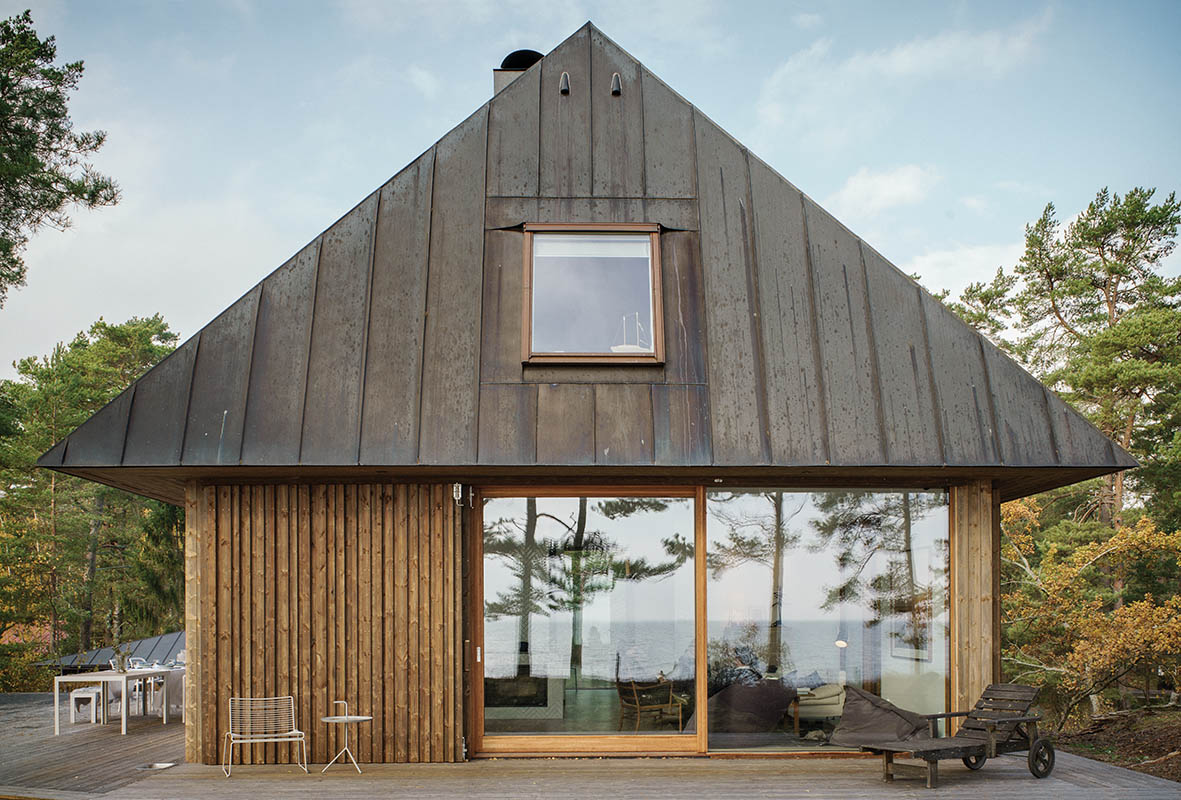
Villa Hedberg, one of Marge’s smaller projects which, according to co-founder Katarina Grundsell, are crucial in their way of informing the firm’s work with bigger projects.
Another niche close to the hearts of Grundsell and her co-workers is that of projects in cultural-historically significant environments. One such project is the re-design of the reception area and museum shop at Röhsska museet, ahead of its reopening this year. Picking up on the geometric pattern of the existing foyer ceiling, a basic diamond shape was established that is repeated in different ways throughout the design, while the colour scheme echoes shades from the glazed brick friezes of the architecture hall.
“There’s a common denominator here, in that many of our projects deal with cultural history in one way or another,” says Grundsell. “Sergels torg is one of the most valuable modernist places we have, and Röhsska carries a hugely important cultural-historical heritage. What we’ve aimed to do in all of these projects is give something back to the space. This is of such gravity to us: we respect the place, work with place-specific design and materials, and always, always try to give something back.”
Web: www.marge.se Facebook: Marge Arkitekter AB Instagram: Marge Arkitekter
Subscribe to Our Newsletter
Receive our monthly newsletter by email

